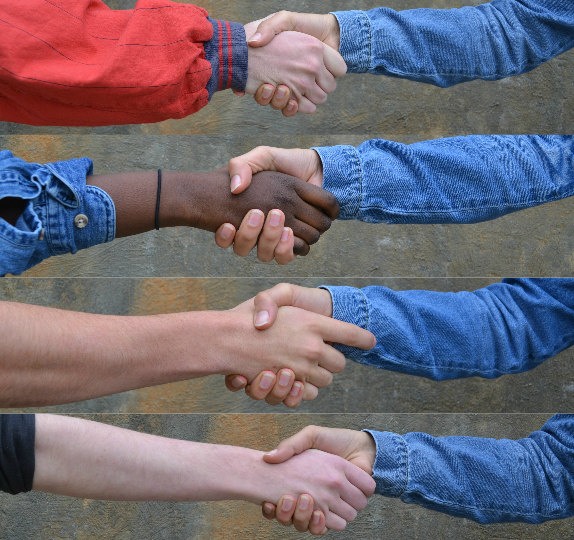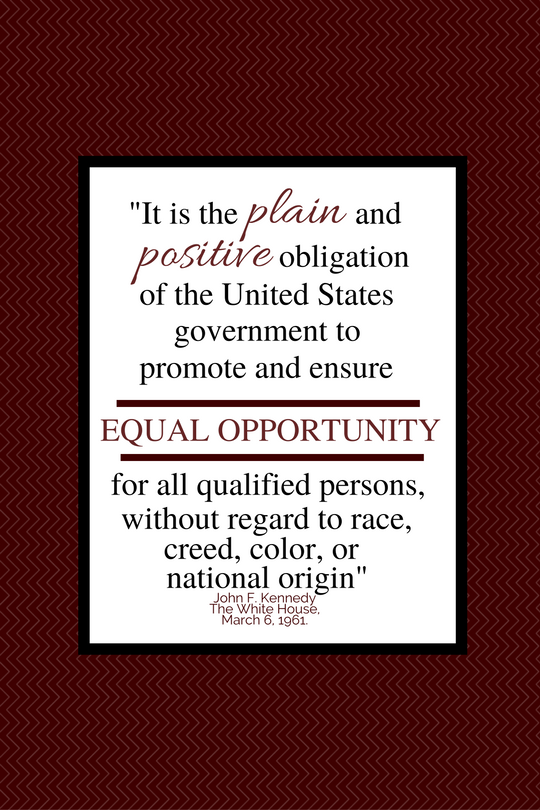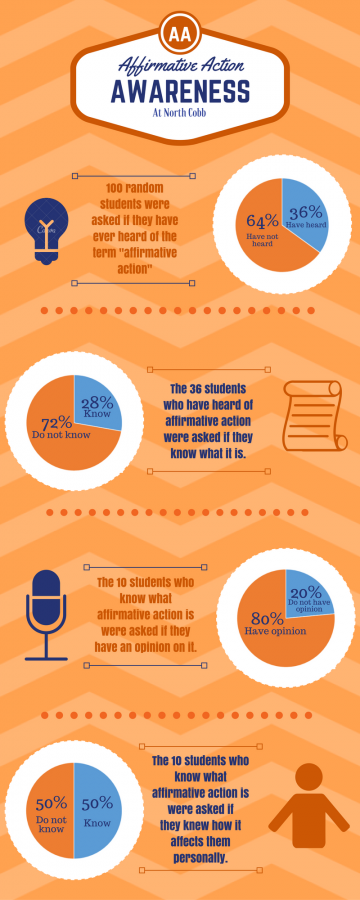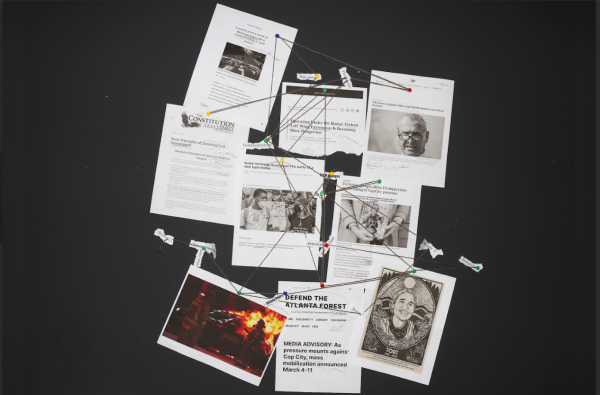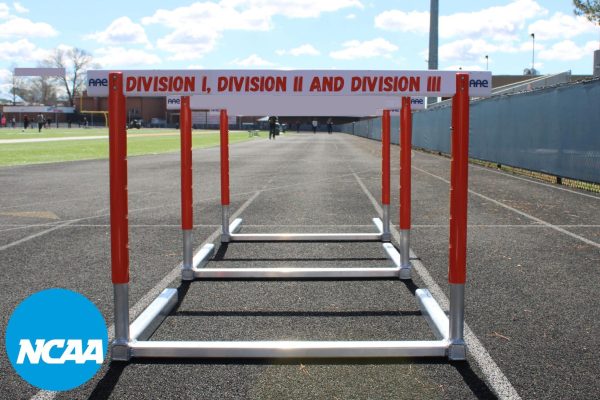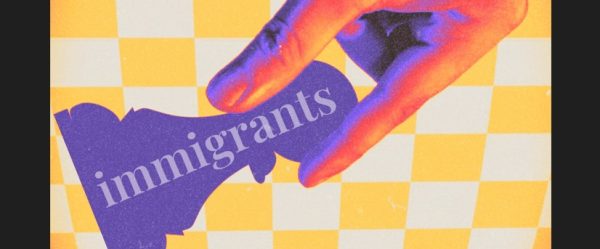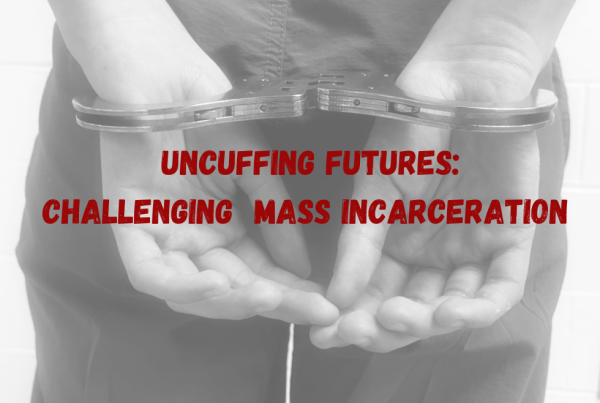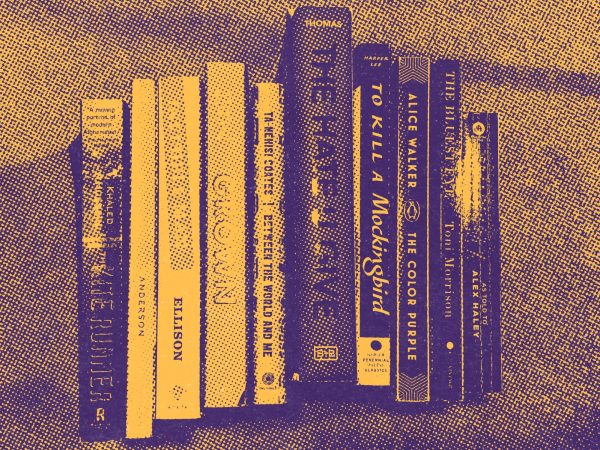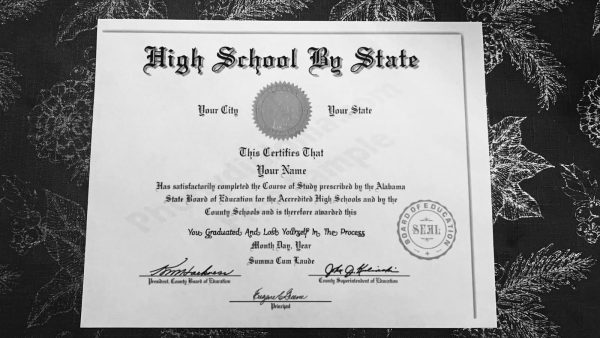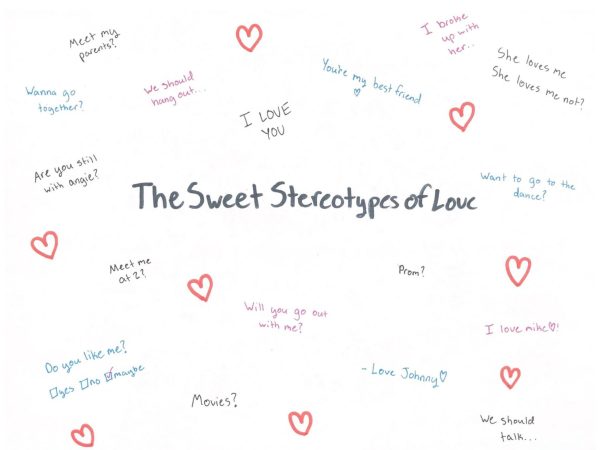An admissions dilemma: Affirmative action sparks debate over true equality
December 16, 2016
As millennials reach their prime in social influence on society, standards and issues expectantly rise to a new age of acceptance. Young adults and teenagers strive to address the social imbalance in America to stop the fluctuation in opportunities available to individuals based on gender, race, and social class.
“As a nation we have come a long way in terms of inclusiveness—in 2008 we elected our first African American president—but our work is far from done,” Sophia Kerby of Alternet said, “It’s important that as a country we continue to expand opportunities for all to ensure that we are giving everyone a fair shot.”
Along with this newfound light of equality, universities follow right behind, aiming to diversify their student population with people of different races, backgrounds, and financial situations. According to College Factual, even diversity remains a frontmost and valuable projection. College Factual measures and categorizes a college’s “Ethnic Diversity” by low, average, and high. Furthermore, by clicking on a “Rankings” tab, prospective students can read in more detail on the college or university’s rankings in diversity compared to others.
These efforts by the government to diversify student bodies and workplaces, better known as affirmative action, began during the Civil Rights Movement.
Humble Beginnings
To combat racial discrimination in the process of education and job-hiring, 35th US president John F. Kennedy introduced the term “affirmative action” for the first time in America.
Through Executive Order 10925 on March 6, 1961, he highlighted his objective of creating an equal opportunity workplace for all employees, regardless of race. Kennedy believed, in the midst of the battle for equal rights, the action would pave the way for a more free and constitutional America that puts qualifications before identity.
Later, Lyndon B. Johnson, on September 24, 1965, signed Executive Order 11246 in an effort to assert the necessity for equal opportunity in America.
“The policy of equal opportunity applies to every aspect of federal employment policy and practice,” the document said.
Executive Order 11375, the final historic ratification to affirmative action, added sex to its list of prohibited discrimination factors. Signed on October 13, 1967, it stood as a large step forward for women in the workplace.
In 1978, the California Supreme Court challenged affirmative action by deciding on Regents of University of California v. Bakke. Allan Bakke, a white male seeking to attend medical school, applied to the University of California, which denied him twice. The school reserved 16 out of 100 seats for minorities, and regardless of his higher test scores, Bakke did not make the cut. He sued the university, claiming a violation of the fourteenth amendment resulted from his two-time rejection.
After the court ruled in Bakke’s favor, the university appealed to the Supreme Court of the United States, which ruled the use of racial quotas unconstitutional, but the use of affirmative action to admit minorities acceptable in some cases.
“I would say in the late 80s and 90s, [affirmative action] was more necessary because people were still first generation college students in African American communities. And to get the chance to break the cycle of not going to college, you needed to have some sort of an advantage,” AP Human Geography teacher James Auld said. “Now, 25 years later, I hope the country has progressed to need that a little less.”
In the Grutter v. Bollinger and Gratz v. Bollinger cases of 2003, the Supreme Court once again upheld affirmative action as a constitutional element in the college application process as long as it did not infringe on any other element in the prospective student’s application.
The Admissions Dilemma
The strive for diversity gives colleges a good reason to offer excessively generous amounts of financial aid and to scout minorities. This sets up women, people of color, and those without favorable incomes for a successful future. In addition, it also offers an opportunity to students who struggled with more hardships in life. For example, in research conducted by AdmitSee, college essays to Harvard University reported more negative words such as “difficult”, “hard”, and “tough” as opposed to those of Stanford University.
Competitive schools, including Stanford and other Ivy League institutions, take financial aid to a much higher level than other colleges, aiming to ensure that all accepted students receive the education they earned.
Stanford, for example, does not expect students whose annual family income falls below $125,000 to pay for tuition, and will even provide tuition, room, and board for those earning less than $65,000. However, those who land right above the line of $125,000 find the college and steep tuition of over $47,000 per academic year an unattainable dream regardless of whether or not they acquire an acceptance letter.
“It’s kind of crazy, but student loans put people so deep in debt that they never recover,” sophomore Chloe Vernex-Loset said. “It’s unfair for students and parents because it drives us into the ground financially.”
As high school seniors begin to conduct their college searches and write their applications, stress and fear starts to sneak up on them. This enlightening change in society, some believe, caused a large flip in privilege.
“More white people aren’t getting accepted into colleges than ever before,” sophomore Chesley Lucas said. “It’s like a game to college; whoever is most diverse is less racist in the public’s eyes.”
Others believe that, despite progress in diversifying colleges, a long road lies ahead in equalizing privilege. Those who felt alienated and ridiculed all their life, however, finally receive their chance to succeed beside the ones that grew up around them with entitlement.
Regardless, difficulties cast upon those with promising futures who cannot differentiate themselves between the masses of average American families, and the tedious college admission process requires standing out. Students growing up in more unusual circumstances therefore seem to hold an advantage over those who lived a more “normal” life.
Along with diversity in workplaces, affirmative action, to many students, serves as a positive impact on the community and a movement toward an equal society.
“Often times, those supposedly objective hiring decisions they want people to make taking affirmative action, the hirers’ biases would come into play and they end up hiring more white people who may not be as qualified,” senior Katelyn Skaer said.
However, other students take this change as a negative path for the future, disturbed by the efforts set forth by the laws.
“True diversity is diversity of thought, not color,” Lucas said.
Along Party Lines
Affirmative action holds its place as a controversial topic in politics. Conservative parties tend to disagree with affirmative action whereas liberal parties lean in favor of it.
The Republican party in general seems to conflict with affirmative action as they view it as a favored treatment toward one or more races over another. This, in turn, creates a perspective of racism.
Others in the party believe that qualification trumps identity, and only those most qualified for the school or job deserve to hold that position.
Furthermore, members of the Republican party and enthusiasts of conservative ideals believe that affirmative action promotes a damaged image of minorities, essentially telling them they cannot succeed in a position or attend college without the government’s help.
The Democratic party views affirmative action as an essential aspect in today’s society to ensure that racism within companies and schools does not hinder a person’s achievements and qualifications. They believe it levels the playing field where one race tends to hold supremacy.
Affirmative action, in their eyes, works to guarantee that the achievements of minorities receive recognition, not to hinder those of the majority.
Few students at North Cobb, when asked to describe affirmative action in their own words, gave detailed answers; a majority of the students seemed bewildered by the topic.
To further test the knowledge surrounding affirmative action at the school, a number of simple questions created measured 100 random students’ affirmative action knowledge.
After receiving the results, utilizing a different approach felt necessary. Instead of measuring people’s knowledge on affirmative action, measuring their misunderstanding of it appeared more practical.
A Double-edged Sword
Affirmative action, after reviewing the outcomes, seems widely unknown to students who will soon apply to colleges and apply for jobs. Whether an individual agrees or disagrees with affirmative action, the importance of learning the effects of policies that will follow him or her through necessary life decisions outranks any anger, outrage, or contentment with the laws.
“I feel like people are trying to bring diversity into play at school and workplaces. But at the same time, people are still really prejudiced,” sophomore Ayesha Cheema said. “No matter how diverse something is, there are going to be people who don’t accept it.”




